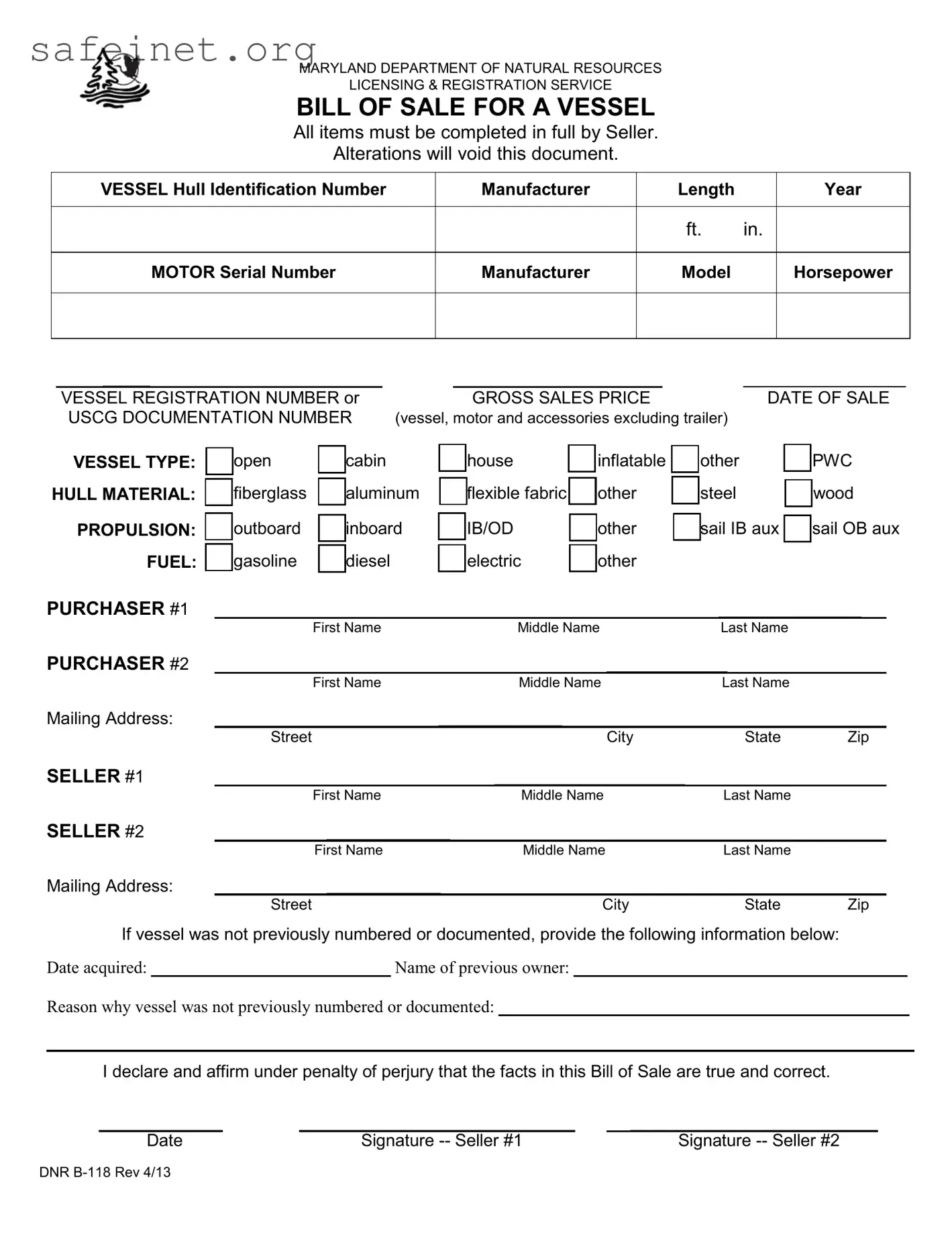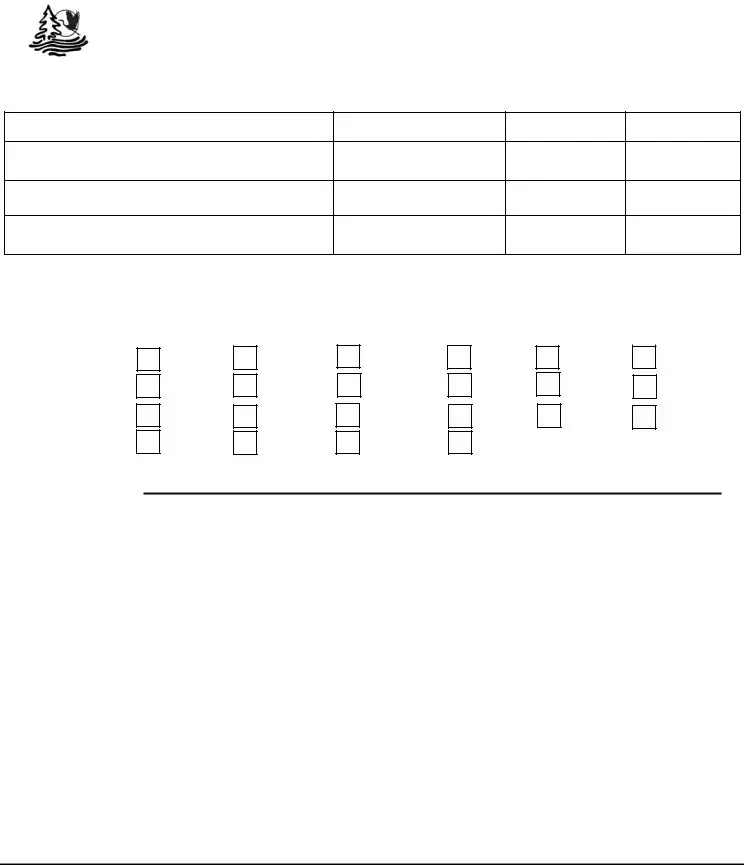What is the BOS DNR B-118 form?
The BOS DNR B-118 form is a document used for reporting certain actions or changes related to a business's operations. It is typically required by governmental agencies to ensure compliance with regulations pertaining to business activities and relationships.
Who needs to fill out the BOS DNR B-118 form?
This form is generally required for businesses that are undergoing specific changes, such as ownership transfers, changes in business structure, or other operational adjustments that may impact their legal standing or regulatory obligations.
Where can I obtain the BOS DNR B-118 form?
The form is usually accessible through the official website of the relevant state department or agency overseeing business registrations. Physical copies may also be found at local government offices or by contacting the agency directly.
How do I fill out the BOS DNR B-118 form?
Filling out the form typically requires providing detailed information about the business, including its name, address, and the specific changes being reported. Each section of the form should be completed carefully to avoid errors or omissions that may delay processing.
What is the deadline for submitting the BOS DNR B-118 form?
The deadline for submitting the form varies depending on the nature of the changes being reported. Generally, it should be submitted as soon as possible after the changes occur, or by a specific date set by the relevant agency. Checking the agency's guidelines is essential.
What happens if I don't submit the BOS DNR B-118 form?
Failing to submit the form may lead to penalties, including fines or complications with business operations. It could also impact your business's legal status or hinder your ability to conduct future business transactions.
Is there a fee associated with the BOS DNR B-118 form?
There may be a nominal processing fee when submitting the BOS DNR B-118 form, though this can vary by jurisdiction. It's recommended to verify with the relevant agency for the most accurate and up-to-date information regarding fees.
Can I submit the BOS DNR B-118 form online?
Some jurisdictions offer online submission options for the BOS DNR B-118 form, making it more convenient. Checking the agency's website will provide information on electronic filing opportunities.
What should I do if I make a mistake on the BOS DNR B-118 form?
If a mistake is discovered after the form has been submitted, it’s crucial to correct it promptly. Contact the relevant agency for guidance on how to amend the information and ensure compliance.
Whom should I contact for help with the BOS DNR B-118 form?
If assistance is needed, contacting the state agency responsible for business registrations will provide guidance. Many agencies have support teams or customer service representatives who can help answer questions or clarify any confusion regarding the form.

